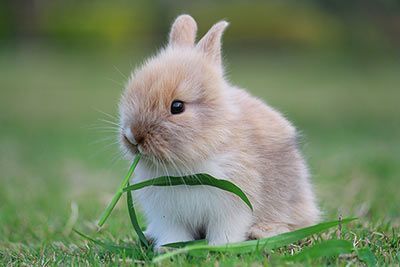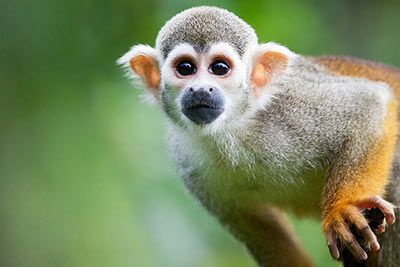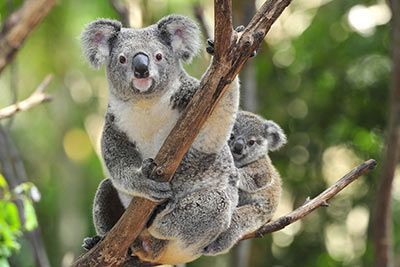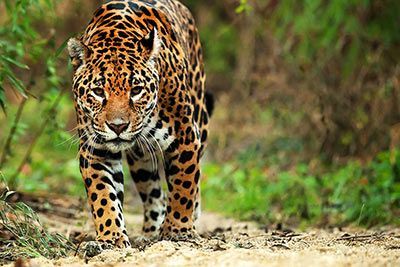Guinea Pig
Guinea Pig Facts
| Size | 7.8-13.6 in (20-35 cm) |
| Speed | Up to 5.5 mph (9 km/h) |
| Weight | 1.5-3.3 lb (0.7-1.2 kg) |
| Lifespan | 4-7 years |
| Food | Seeds, plants, leaves |
| Predators | Wolves, snakes |
| Habitat | Worldwide |
| Order | Rodents |
| Family | Guinea Pigs |
| Scientific name | Cavia porcellus |
| Characteristics | Small, chubby body, thick coat |
Main Characteristics
Guinea pigs are little rodents that love to socialize and prefer to live in groups of five to ten animals. They feed on seeds, plants and leaves. We know them best as pets, but they have been around since 5,000 BC and at about 500 BC the first guinea pig was kept as pet.

Species
Today there are around 20 breeds of guinea pigs, which developed by breeding. Their fur is of different lengths, curly or smooth, with swirls and without swirls.
Anatomy and Appearance
Teeth
The teeth of a guinea pig are growing as long as it is alive – up to 0.05 inches (1.5 mm) per week and up to 0.2 inches (6 mm) per month. Gnawing causes the teeth to wear in a natural manner.
Guinea Pigs in Numbers
| Body temperature | 99-103 degrees Fahrenheit (37.4-39.5 degrees Celsius) |
| Breathing frequency | 100-150 breaths/minute |
| Heart frequency | 230-380 beats/minute |
| Youngs per litter | 1-8 babies |
| Feed requirements | 0.2-0.35 oz per 3.5 oz (6-10 g per 100 g) body weight every day |
| Water consumption | 0.04 gal per 3.5 oz (10 ml per 100 g) body weight every day |

Behavior
Popcorning
Guinea pigs have a funny hobby: They like to jump in the air with all four feet simultaneously. Up to 9.8 inches (25 cm) high! Then they look as if they were performing little leaps. Sometimes people compare them to popcorn popping on a hot stove. This is why the guinea pigs’ funny hopping around is also called “popcorning”.
There are several reasons for this behavior: If guinea pigs discover something new and are very excited, they perform their popcorning routine. They also do it when they are happy and boisterous. Delicious food means fun AND excitement of course. Then they even go popcorning during their meals. Particularly young animals can be frequently watched having a go at their hobby.
Hiccups
Not only humans can have hiccups. Guinea pigs also suffer from the spasmodic convulsions of the diaphragm. This usually happens when they are scared or have eaten too quickly. Normally, the hiccup disappears after a short while when the guinea pig has calmed down again.
Sounds
Guinea pigs squeak and make twittering noises when they are stressed. You can hear their teeth chatter and their loud purring when they feel threatened.

Evolution and Origin
Today’s domestic guinea pigs are descendants of the guinea pigs in Central and South America. They were already kept as pets and livestock between 5,000 and 2,000 before Christ. They are no pigs and they do not come from New Guinea. Their name derives from their squeaking sounds, which resemble those uttered by pigs.
The term guinea might come from the guinea coin, could be a misspelling of Guiana (region in South America), may have been used to refer to a far-off country or because the animal was brought to other countries via New Guinea.

Reproduction
Guinea pigs reproduce very quickly, so if you keep them as pets you should pay attention which animals share one cage. At their birth, guinea pig babies weigh between 2.1 and 4.2 oz (60 and 120 g), already have a coat and can use their eyes.
Fun Facts
Guinea pigs cannot sweat.
The Guinea Pig Is Related To:
Animals in the Same Biome:
- Find Out More:
- Guinea Pig Breeds (Pet Section)




















